Buddha’s discovery of how to be happy and blissful in the world (full of persistent disappointments and insecurities in day-to-day life), personal moral system independent of faith and belief, individual empowerment, spirit of scientific enquiry through reasoning and rational thinking and Emperor Ashoka’s founding the first ‘modern’ welfare state in the world in antiquity and his writing down the core human values (of non-violence, respect, tolerance and diversity) in stones as operating principles of governance along with the seat of learning of Nalanda and the great imperial power centre of Pataliputra still remain the highest points in the story of civilisation of Bihar (and of India and of the world).
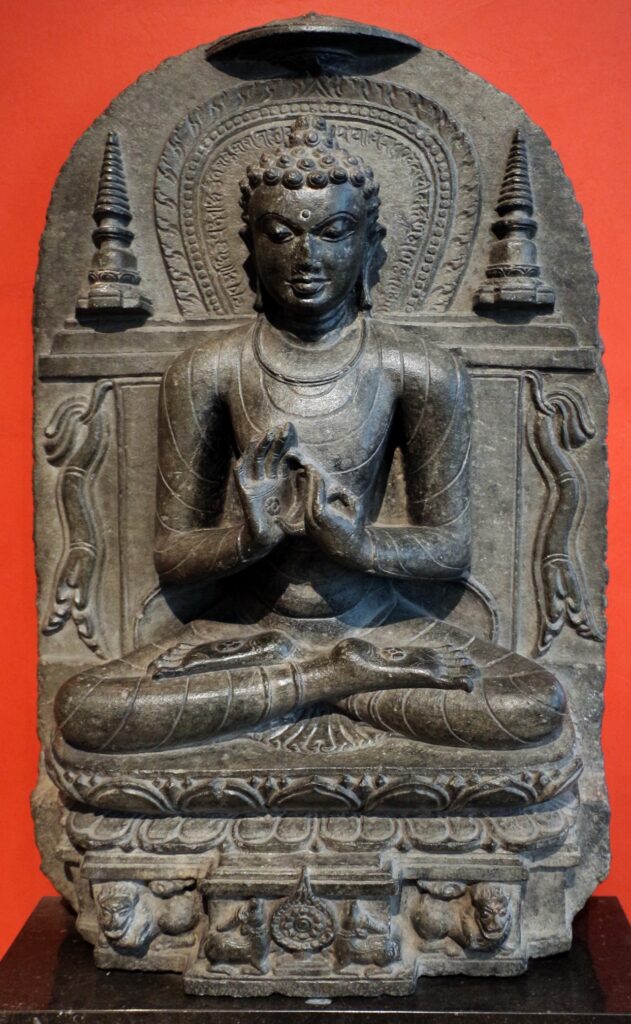
| ये धर्मा हेतु-प्रभवा हेतुं तेषां तथागतो ह्यवदत् तेषां च यो निरोध एवं वादी महाश्रमण Ye dharmā hetuprabhavā hetuṃ teṣāṃ tathāgataḥ hyavadat teṣāṃ ca yo nirodha evaṃ vādī mahāśramaṇaḥ so ha. “Of those experiences that arise from a cause, The Tathāgata has said: “this is their cause, And this is their cessation”: This is what the Great Śramaṇa teaches.” |
Buddhist and Ashokan sites in Bihar are tangible symbols of the greatest civilisational achievements of Bihar, something to celebrate and to be immensely respectful and proud of for the Buddhists and Hindus worldwide and for the people of Bihar (and India) in particular.
However, there is a need of research-based, academically accurate information about these pilgrimage sites (especially in view of the fact that there is little relevant information available in the popular digital world and social media and whatever is available is half-baked, inaccurate and at times misleading). Further, significance and importance of these pilgrimage sites (in terms of association with Lord Buddha’s life that Emperor Ashoka invariably commemorated by building monuments) seems to have been erased from the collective conscience of the people in the region hence, unfortunately, the sites are usually thought of merely as historical places important only for tourism purposes.
There is utter lack of awareness and sense of belongingness to the great legacies of Lord Buddha who had gone on to found the first world religion (that focusses on human happiness and wellbeing, code of behaviour independent of faith, individual empowerment and scientific spirit of enquiry and rational thinking) despite the fact that Lord Buddha also happens to be the nineth reincarnation (after Lord Ram and Lord Krishna who are seventh and eighth reincarnations respectively) and Ashoka the Great who founded the first modern welfare state in antiquity based on core human values that nation-states across the world emulate today.
As a result, Bihari identity or Bihari sub-nationalism could never really evolve on positive notes (the way it did in the states like Tamil Nadu or Maharashtra) that could give a sense of ‘pride’ of glorious past and great societal achievements, a sine qua non for the growth of confident, forward looking successful personality conducive to innovation and entrepreneurship that could contribute in economic development of the region.
This idea of ‘identity’ draws heavily from shared history, culture and civilisation’. Evidences from research in behavioural science suggests that our sense of identity’ is at the core of everything we do and everything we are. A healthy mind needs to be clear and convinced of ‘who we are’. A healthy ‘pride’ in our achievements and successes as society goes a long way in shaping our personality as a strong, confident person who is comfortable in his or her immediate surrounding. These personality attributes are common among forward looking successful persons.


The Lion Capital featuring four lions seated back-to-back atop abacus bearing Dharma Chakras was installed by Emperor Ashoka in Sarnath near Kashi in 3rd century BCE at the site where Lord Buddha delivered Dhammacakkappavattana Sutta (or the Dharma Chakra Pravartana Sutra), the First Sermon after attaining enlightenment at Boddh Gaya. The four roaring lions facing four directions symbolizes the spread of the Buddha’s teachings in all four cardinal directions in the world.
With the motto “Satyameva Jayate” from Mundaka Upanishad of the Atharva Veda inscribed below, this Lion Capital featuring four lions denoting Power, Pride, Courage and Confidence is India’s National Emblem.
| This web-book ‘Bihar, the Land of Buddhist World‘ aims |
| (1) To provide accurate information about Buddhist pilgrimage sites in Bihar: Buddha lived much of his life in Magadh. As Buddha’s Karma Bhumi, present day Bihar state of India is the land of Buddhist world. It is most sacred place for Buddhists and Hindus worldwide. This book provides Buddhist & Hindu pilgrims and the followers and admirers of Lord Buddha and Ashoka the Great worldwide, a research based, academically accurate & detailed information about the pilgrimage sites in Bihar covering significance and importance of the sites (in terms of association with Lord Buddha’s life that Emperor Ashoka invariably commemorated by building monuments), archaeological finds, historical accounts, geographical location & GPS coordinates, google maps etc. in all important languages of the world. |
| (2) To raise awareness about ideas and ideology of Lord Buddha and Emperor Ashoka among the lay Hindus: Buddhism is a heterodox, reformist sect of Hinduism (just the way Protestantism is a reformist sect of Christianity and not separate from Christianity despite differences in ideas). For orthodox Hindus (viz. sanatanis), Lord Buddha is nineth reincarnation (after Lord Ram and Lord Krishna who are seventh and eighth reincarnations respectively). In view of this, this book aims to spread awareness about ideas of Lord Buddha and Emperor Ashoka among the laypeople of Bihar. |
| (3) To help forge ‘Bihari identity’ based on supremely evolved civilisational and ideological legacies of Lord Buddha and Emperor Ashoka thereby consolidate a sub-nationalistic sense of ownership and belongingness to Bihar that is strong enough to subsume caste nationalism, the one that could foster growth of forward looking, confident and successful personalities who are clear of their identities and take healthy pride in who they are and who could prioritise to engage in wealth creation as entrepreneurs, innovators and industrialists to pull Bihar out of poverty and economic backwardness. |
The below section on this page is divided into three parts. The first part deals with evolution of Bihari identity and its importance while the second part traces Bihar as the land of Buddhist world. The last part depicts how the web-book is organised into five chapters.
PART I
BIHAR & EVOLUTION OF BIHARI IDENTITY
Transition from the pinnacle of glory as ‘Vihar’, known worldwide for wisdom, knowledge and imperial power in Maurya and Gupta times of ancient India, to ‘Bihar’ of modern times known, again worldwide for economic backwardness, caste-based politics and ‘bad blood’ between social groups; could be traced to disregard for the highest points of its own history, culture and civilisation and the issues related to identity and sub-nationalistic pride among Biharis.
Significant records about the region known as Bihar today probably starts with Buddha’s life course events in Champaran, Vaishali, Rajgir and Bodh Gaya. His discovery of how to be happy and blissful in the world full of pain and sorrow, personal moral system independent of faith and belief, individual empowerment, spirit of scientific enquiry through reasoning and rational thinking and Emperor Ashoka’s founding the first ‘modern’ welfare state in the world in antiquity and his writing down the core human values (of non-violence, respect, tolerance and diversity) in stones as operating principles of governance along with the seat of learning of Nalanda and the great Imperial power centre of Pataliputra still remain the highest points in the story of civilisation of Bihar (even of India and of the world).
The region was prosperous and the people enjoyed very high level of well-being. Life of Buddha and his teachings inculcated the values of social equality, liberty and freedom, respect for diversity and tolerance among the masses; the kings and emperors of Pataliputra particularly Ashoka the Great, were instrumental in inculcating these values among the masses. Trade and commerce had flourished, people were wealthy and prosperous. Buddha’s redefining Karma from ritual action to good moral intent behind the action was the watershed that ultimately made huge impact on trade and commerce and economic and mental well-being of the people.
However, in due course, while people of Japan, Korea, China, Thailand, etc were adopting Buddha’s teachings in their life and society and were benefitting and progressing forward, the people of Bihar (and India) chose to renounce the social order that favoured and nurtured prosperity and the well-being of people and reverted back to the decadent exploitative feudal social order. The social inequality again got institutionalised. The Bihari society again got segregated into birth-based, closed, endogenous castes. This infamous caste system of Bihar remained largely unchallenged even during the freedom movement and all the good intentions of nationalist leaders notwithstanding, the planned economic development and industrialisation of post-independent India could not sustainably contribute in taking Bihar forward towards prosperity. Now, caste-nationalism and caste-based politics are at the forefront of everything which has given rise to varying degree of conflicts and emotional disconnect among the caste groups.
As a result, Bihari identity or Bihari sub-nationalism could never really evolve (the way it did in Tamil Nadu or Maharashtra) nor could right kind of values to support ethos of entrepreneurship and wealth creation through business and industry as was seen in Gujarat. The super segmented society of Bihar unfortunately could not have had a suitable social climate for growth of businesses and industries – caste nationalism placed social groups against each other for power, prestige and superiority over and against others. The relentless pursuit of power by the so-called upper castes over the so-called lowers and the concerted efforts by the so-called lower castes to bridge the power differentials led to conflicts consequently rule of law, the sine qua non for stable prosperous society was the obvious victim.
Ironically, impetus to growth of Bihari identity came from unexpected quarters in rather unpleasant ways based on shared negative experiences, something like ‘ridiculed and discriminated’ people coming together for negative reasons. Eighties had seen beginning of large number of students of well to do families from Bihar migrating to Delhi to study in universities and to prepare for UPSC examinations. Majority of them settled in Delhi and other parts of India to pursue their career in civil services and other white-collar jobs after completing their studies. One of the key shared experiences of these Biharis are the negative attitudes and stereotype, a kind of ill feelings of non-Biharis towards Biharis. These prejudices have effectively made the word ‘Bihari’ an abuse or denigrative word almost across the country.
Many felt insecure, the educated ones with less or no accent attempted to conceal the fact that they were from Bihar; some developed inferiority complexes, many felt ashamed. Only few could overcome the feeling of shame. The guilt, shame and fear could not be conducive to emergence of healthy successful personality who is clear and confident of primary identity and comfortable in his/her surrounding especially in absence of pan-Bihar strong sub-nationalistic culture to be proud of and to draw inspiration from.
However, one of effect (on Biharis) of the prejudice against Biharis in other parts of India was the emergence of “Bihari identity’’ in the minds of expat Biharis of all castes. Biharis of all castes faced same prejudice irrespective of their caste status in their native place. This was the first time that all Biharis had become aware of their common identity cutting across caste lines albeit through their shared experience of prejudice and shame.
What Bihar needs is forging ‘Bihari Identity’ on positive notes of shared history, culture and civilisation; and inventing and discovering ‘Bihari Pride’ stories. The emotion of being Bihari must become strong enough to subsume caste nationalism. Instilling Bihari pride on positive notes among children would go a long way in serving needs of Bihar.
The highest points in the history and civilisation of Bihar are Buddha’s novel educational and philosophical system of empowering individuals based on scientific spirit of ‘enquiry and reasoning’ and causal analysis of realities around to identify path for wellbeing. His emphasis on compassion and social equality and redefining Karma in terms of ‘moral intent’ behind action had made huge contribution is prosperity of the people. Principles of governance enunciated and practiced by Emperor Ashoka of Pataliputra as evidenced in his rock edicts and pillars across the subcontinent are still so progressive and modern in outlook to be the fountainhead of any modern nation state. These need to be re-adopted as life values to live by and the associated sites to be developed to cherish and be proud of than merely places of tourist attraction*.
‘’Our sense of identity’ is at the core of everything we do and everything we are. A healthy mind needs to be clear and convinced of ‘who we are’. A healthy ‘pride’ in our achievements and successes as society goes a long way in shaping our personality as a strong, confident person who is comfortable in his or her immediate surrounding. These personality attributes are common among forward looking successful persons. This idea of ‘identity’ draws heavily from shared history, culture and civilisation’’ **
* (Based on ‘What Bihar Needs is the Renaissance of ‘Vihari Identity’, published on 13 December 2020 in India Review).
** (from Indian Identity, Resurgence of Nationalism and Muslims, published on 03 February 2020 in The India Review).
_____________________________
PART II
BIHAR AS THE LAND OF BUDDHIST WORLD
Buddha lived much of his life in Magadh. Therefore, as Buddha’s karma bhumi, present day Bihar state of India is the land of Buddhist world. It is most sacred place for Buddhists and Hindus (who consider him to be the ninth reincarnation) worldwide and the pinnacle of ”ancient wisdom and civilisational achievements” to be proud of particularly for the people of Bihar and India.
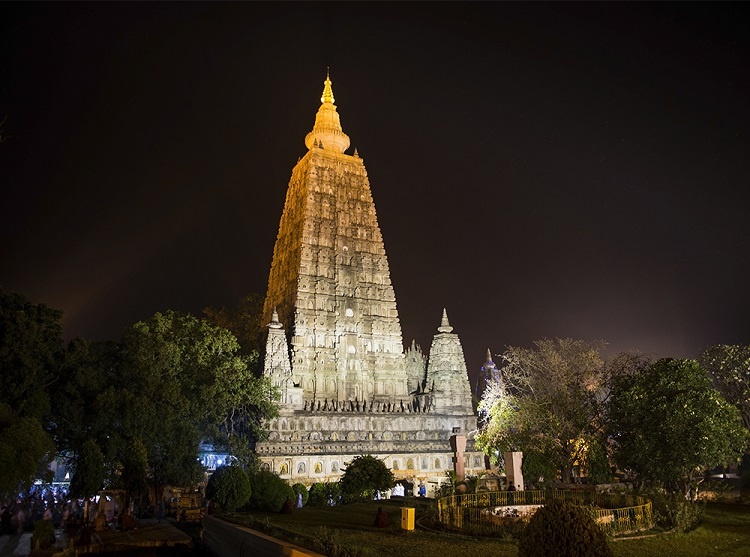
Gautam Buddha is possibly the greatest human being ever lived on the Earth. He walked and preached on the part of Jambudvīpa (the ancient name of India) what we call Bihar today which in turn is named after Vihar i.e., the monastery where monks and disciples of Buddha lived and engaged in spiritual pursuits.
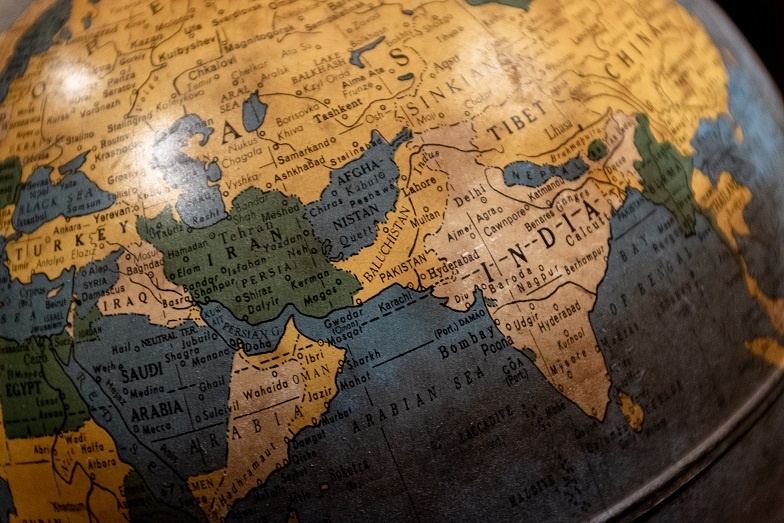
Buddha was born in Lumbini in Terai region adjacent to the present Indo-Nepal border and raised in Kapilavastu. At the age of 29, he left the palace one night leaving his wife and son behind to find the solution for omnipresent suffering, to become an ascetic in pursuit of truth and spiritual enlightenment. On reaching the bank of Anoma river (in Rampurva village, Champaran district in present day Bihar), he cut his hair to herald renouncement of worldly world and handed over his royal robe to Chandak, his charioteer asking him to return back to the palace. It is here in Rampurva, Siddharth Gautam formally embarked on spiritual journey in search of solution for human suffering. To commemorate this, Emperor Ashoka erected two pillars here, one with lion capital and the other with bull capital. Interestingly, Rampurva in Champaran is the only place in the entire Mauryan empire from present day Afghanistan to Bangladesh to have two Ashokan pillars. The place must have been very special for Ashoka.
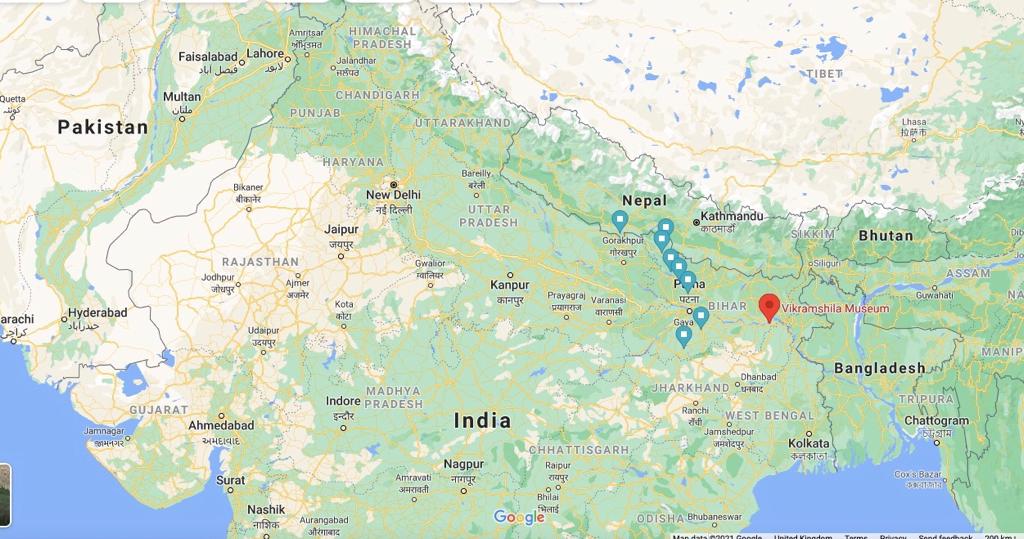
Budhha spent six years in his spiritual search passing through/spending times in Champaran (at Lauria Nandangarh, Lauria Areraj and Kesariya) passing further south to Vaishali possibly taking ancient road towards Patliputra. Ashoka installed pillar edicts at Lauria Nandangarh, Lauria Areraj and in Vaishali and a stupa in Kesariya.
Thus, Champaran has distinction to have four Ashokan Pillars (two in Rampurva and one each at Lauria Nandangarh and Lauria Areraj) and the largest Stupa at Kesariya built originally by Ashoka.
Ashoka’s mother Subhadrangi belonged to Ajivika sect is said to be from Champa. Scriptures mentions Champa to be a city near Patliputra. It is unclear if the present Champaran had any association with this Champa but certainly Champaran was very special for Ashoka possibly because of its strong association with Buddha’s life events. Significantly, the ancient trade route from Patliputra to Terai to Nipa Valley passed a good distance through Champaran.
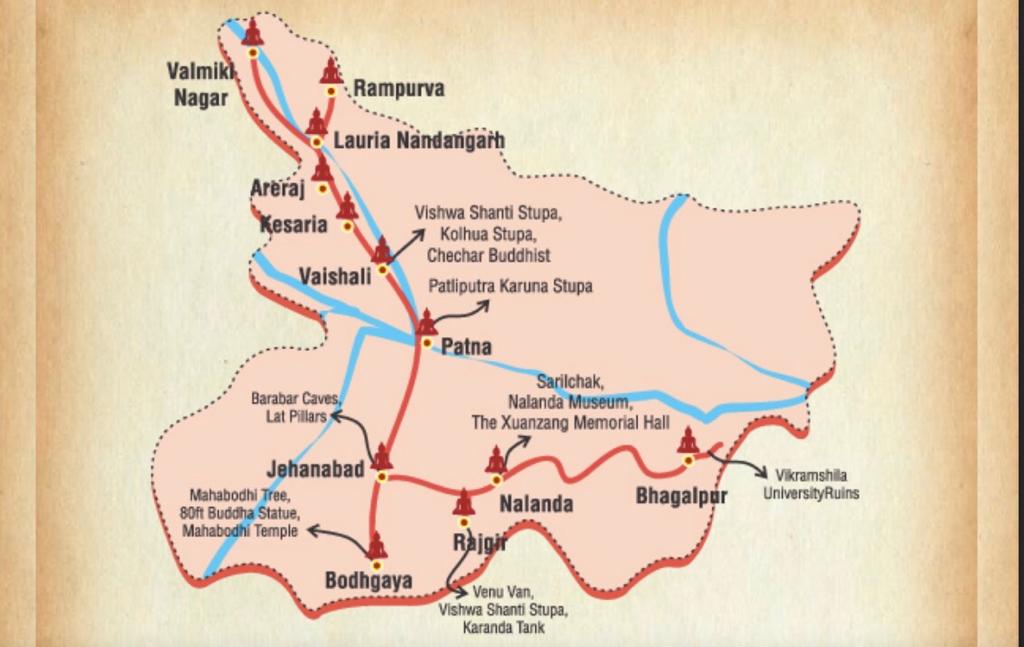
Further south is Vaishali where Buddha is said to have spent significant time visiting thrice and to have given last sermon wherein, he announced his Nirvana. After Buddha’s death, second Buddhist Council during reign of Ashoka was held here in Vaishali. In view of its significance, Ashoka erected a pillar with lion capital. We also find a stupa here.
The most significant event in Buddha’s life was attainment of enlightenment under Boddhi tree in Boddh Gaya across the river Ganges (about 100 km south of Patligram which later became Patliputra as capital of Magadh). Magadh then was ruled by Bimbisara of Haryanka dynasty with Rajgriha or Rajgir as capital of Magadh. Apparently, Bimbisara was a great friend and protector of the Buddha. Bimbisara’s son Ajatashatru shifted the capital of Magadh from Rajgriha or Rajgir to Patliputra.
Under Mauryans, especially during the reign of Ashoka the Great, Patliputra reached the height of fame and glory.
Buddha lived much of his life in Magadh. Therefore, as Buddha’s karma bhumi , present day Bihar state of India is the land of Buddhist world. It is most sacred land for Buddhists worldwide and the civilisational pinnacle to be proud of for the people of Bihar and India.
__________________
PART III
HOW THE BOOK IS ORGANISED
This web-book is organised into five chapters. The first two deals with Lord Buddha and the Emperor Ashoka respectively. The third chapter deals with the pilgrimage sites, their significance and geographic coordinates while the fourth chapter is the e-Library, a compilation of relevant sources on Lord Buddha, Emperor Ashoka and the pilgrimage sites avaialble online for ready reference. The last chapter deals with traveloues of clelebrated pilgrims like Xuan Zang (or Hiuen Tsiang).
| 1 | LORD BUDDHA |
| 1.1 Emptiness (Sunyata) | |
| 1.2 Hridya Sutra | |
| 1.3 Buddhism & Science | |
| 2 | ASHOKA THE GREAT |
| 2.1 Ashoka’s Philosophy | |
| 2.2 Brahmi script | |
| 2.3 Ashoka’s Edicts | |
| 3 | PILGRIMAGE SITES |
| 3.1 | CHAMPARAN |
| 3.1.1 Bhikhna Thori | |
| 3.1.2 Rampurva | |
| 3.1.3 Lauriya Nandangarh | |
| 3.1.4 Lauriya Areraj | |
| 3.1.5 Kesariya | |
| 3.1.6 Dih or Mounds of Champaran | |
| 3.2 | VAISHALI |
| 3.3 | RAJGIR |
| 3.3.1 Grdhrakuta mountain | |
| 3.3.2 Jivakarama Vihar | |
| 3.3.3 Saptaparni Cave | |
| 3.4 | BODH GAYA |
| 3.4.1 Bakraur | |
| 3.4.2 Mocharim | |
| 3.4.3 Sujata Stupa | |
| 3.5 | PATLIPUTRA |
| 3.5.3 Kukkutarma | |
| 3.6 | BARABAR HILL |
| 3.6.1 Sasaram, Kaimur Hill | |
| 3.6.2 Ratanpurwa, Kaimur | |
| 4 | e-LIBRARY (Resources on Culture & Civilisation of Bihar) |
| 5 | TRAVELOGUES |
***
Next >
